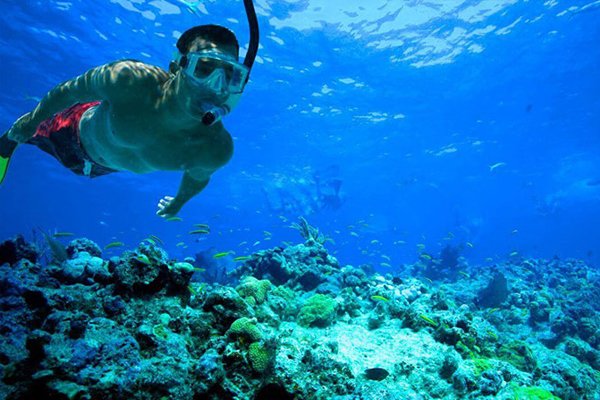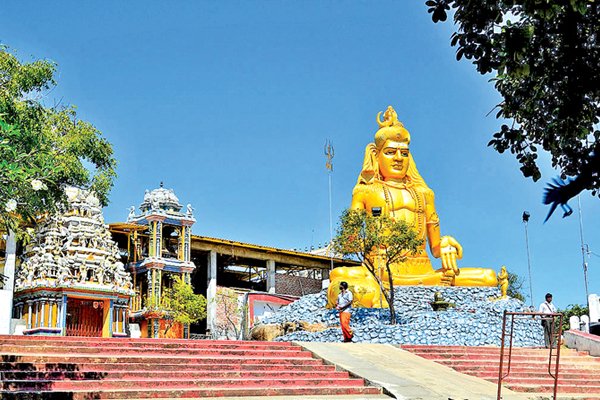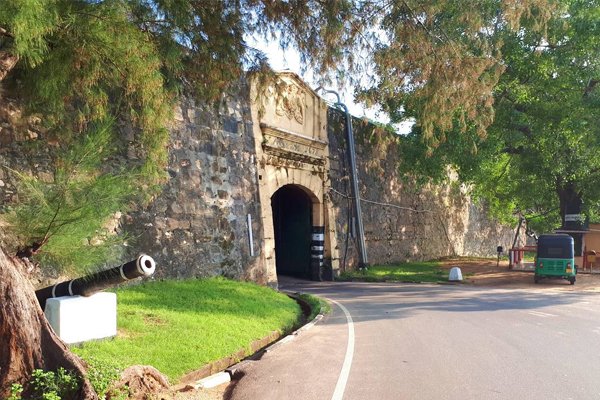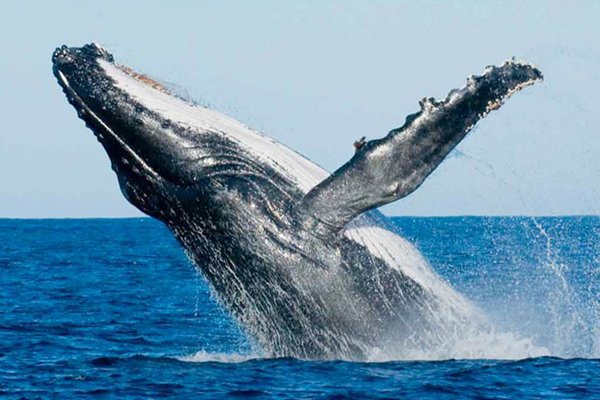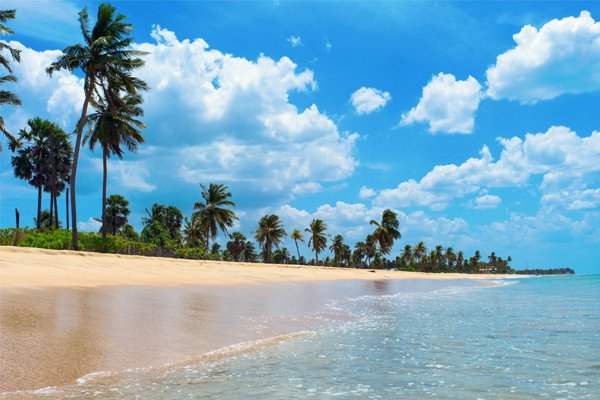
Any introduction to Trincomalee begins at its magnificent natural harbour, considered for millennia to be
one of the finest in Asia. It was used as a trading port throughout the Anuradhapura and Polonnaruwa
periods, and was later the focus of battles during the colonial period when succeeding European nations vied
for control of the island. When it was the turn of the British to colonise the island, then known as Ceylon,
the Royal Navy established a naval base at Trincomalee which was later attacked by Japanese fighter pilots
during World War II. At the Trincomalee War Cemetery, you can wander between rows of white gravestones
belonging to soldiers of the British Empire killed during the war.
Trincomalee’s superb deep-water port has made it the target for all manner of attacks over the centuries: by
the British takeover in 1795, the city had changed colonial hands seven times. It's easy to spend a day or
more exploring the ins and outs of the myriad waterfronts and the fort and its famous temple.
Colombo to Trincomalee distance 261.6km





